Creating an effective lesson plan is one of the most important skills a teacher needs to master. A good lesson plan outlines everything that will be covered in class to ensure students are engaged and learning. While lesson planning may seem tedious, dedicating time to craft thoughtful plans results in more productive classes and deeper student understanding.
In this article I will guide step-by-step how to create lesson plans that achieve learning objectives, keep students interested, and make teaching more enjoyable.
Determine Learning Objectives
Before planning specific activities, determine what students should understand by the end of the lesson. Learning objectives are clear goals stating what students will be able to do after instruction.
When writing objectives make sure they are S.M.A.R.T – Specific, Measurable, Achievable, Relevant and Time-bound. Well-written objectives guide your instruction and assessments.
Here are things to consider when determining learning objectives:
- What are the main concepts, ideas, or skills you want students to grasp?
- What standards from district or state curriculum does this lesson address?
- What should students be able to demonstrate once the lesson is over?
Craft 1-3 specific learning objectives to focus your planning.
Research Content
Conduct any additional content research needed to ensure you fully understand what students should learn. Identify areas students typically struggle with to inform activities addressing misconceptions.
Here are helpful questions when researching:
- What background context do students need about this topic?
- What parts of this concept/skill are most challenging for learners?
- What real-world examples help illustrate key ideas?
- What common mistakes should I prepare to address?
Thorough content research results in anticipating student needs during a lesson.
Outline the Lesson Structure
Map out the flow of lesson activities to estimate timing and ensure varied formats. Include an introduction, instructional activities, independent practice, and closure.
Aim for a balance of learning modes, such as:
- Direct instruction
- Discussion/questioning
- Demonstration
- Group work
- Hands-on practice
- Media/technology integration
Pace activities appropriately and plan more than you think you’ll need. Build in extra examples, discussion questions, and learning games for time cushion.
Plan the Introduction
The introduction sets the stage for the entire lesson. Begin with a compelling statement, question, image, or activity to pique student interest.
The opening should:
- Activate students’ prior knowledge
- Preview the topic and objectives
- Provide basic context students require
- Transition into presenting new material
Keep introductions brief but impactful. Your lesson launch sets the tone for student engagement.
Craft the Instructional Activities
The instructional phase presents new material and guides practice. Break this down into manageable chunks with opportunities for active student involvement along the way.
For each part of the instructional phase:
- What key points/main ideas will you share?
- What questions will you pose to check for understanding?
- What examples or demonstrations will aid explanation?
- What activities will students complete with your guidance?
Structure this central part of your lesson to define concepts, address misconceptions, facilitate discussion, and apply knowledge.
Build in Guided Practice
Before releasing students to practice new skills independently, include activities for guided practice. Monitor and provide feedback as students complete tasks designed to scaffold understanding.
Guided practice activities should:
- Verify students comprehend before working solo
- Allow you to clarify any lingering confusion
- Enable students to ask questions as they attempt skills with support
- Facilitate success during independent practice
Allot adequate time for guided practice based on concept/skill complexity.
Develop Independent Practice
Independent practice gives students opportunity to demonstrate their grasp of the lesson’s goals. Develop activities aligned to your objectives allowing students to apply new knowledge or skills on their own.
Effective independent work is:
- Scaffolded to match current abilities
- Designed for success without teacher guidance
- Differentiated as needed based on student readiness
- A clear indicator of lesson goal achievement
Use independent practice results to determine if additional review is required.
Allow for Lesson Closure
Close each lesson with a recap elevating key points. Ask questions prompting students to summarize critical information in their own words.
An impactful closure:
- Revives focus on stated objectives
- Reminds students of salient concepts
- Solidifies learning through brief review
- Evaluates student progress toward goals
A short, strategic wrap-up cements main points, paves the way for what’s next, and gets students thinking about world application.
Conclusion
Well organised lesson plans gives meaningful learning and make teaching easier. Set objectives, structure engaging activities supporting ideas, and close by revisiting main points. Planning lessons following this framework leads to impactful instruction. Thoughtfully mapping out lessons in advance ultimately saves time while teaching.
Frequently Asked Questions
What are the main components of an effective lesson plan?
Main components are learning objectives, introduction, instructional activities, guided practice, independent practice, and closure.
How detailed should lesson plans be?
Lesson plans should include clear objectives, outline structure and activities, detail main questions and examples, and provide estimates for timing.
How often should teachers update lesson plans?
Teachers should reevaluate and update plans each year or semester to incorporate new ideas, refine activities, and ensure alignment to current standards/assessments.
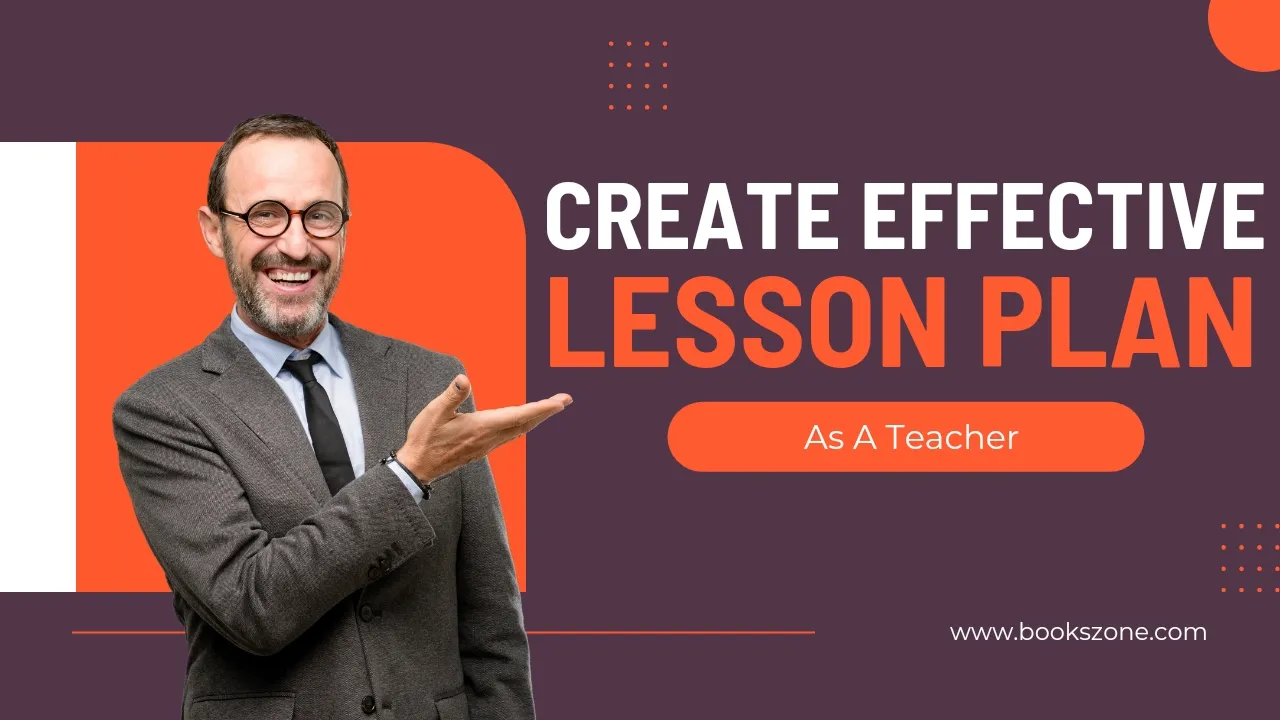


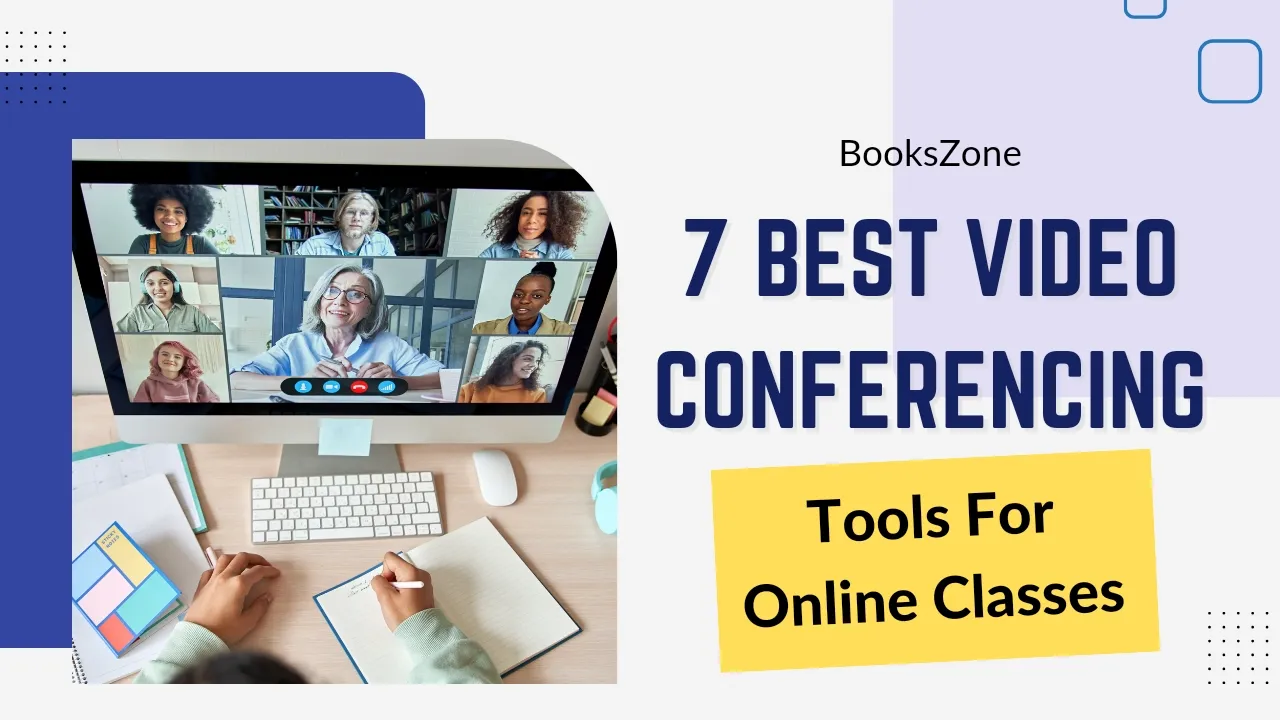
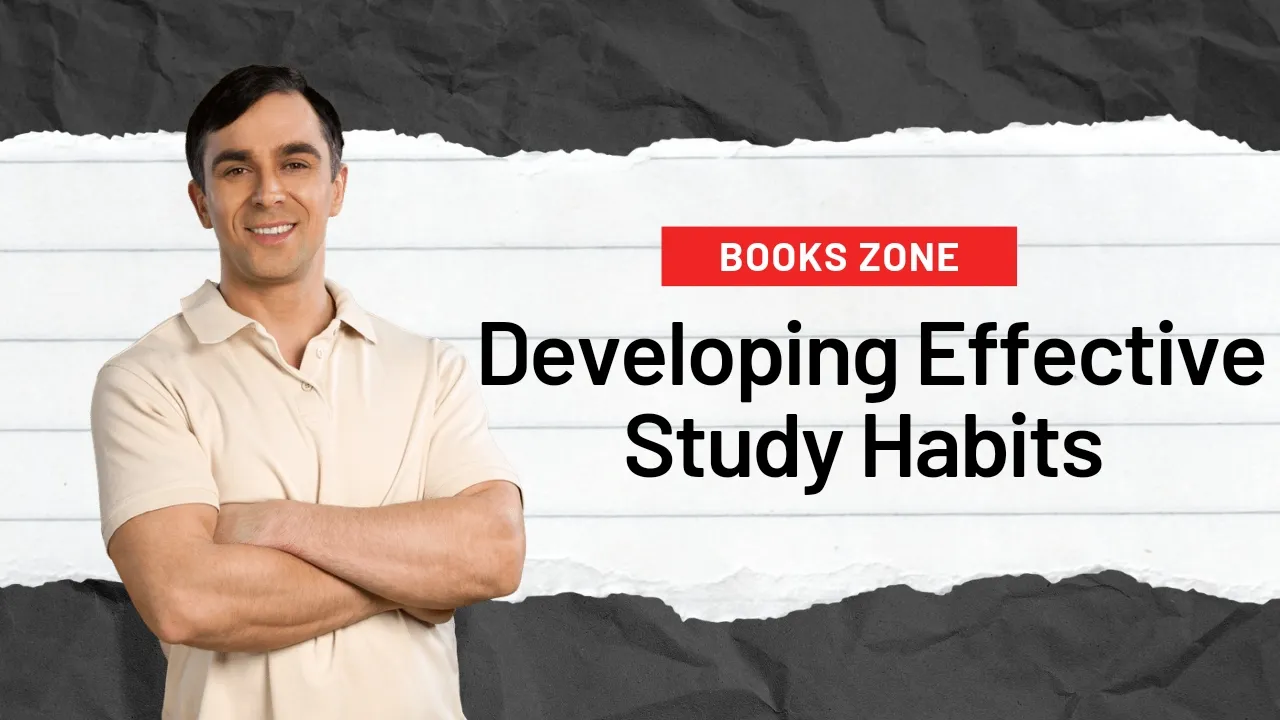
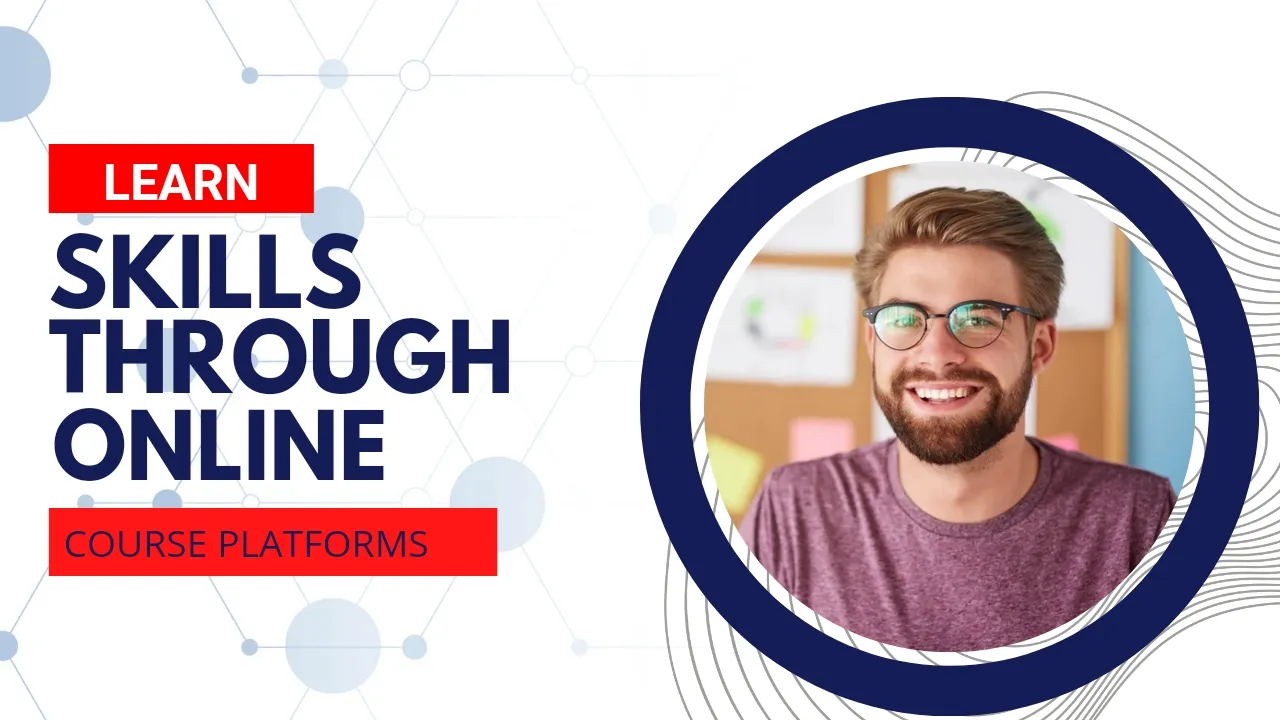





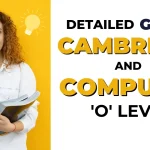

Leave a Comment